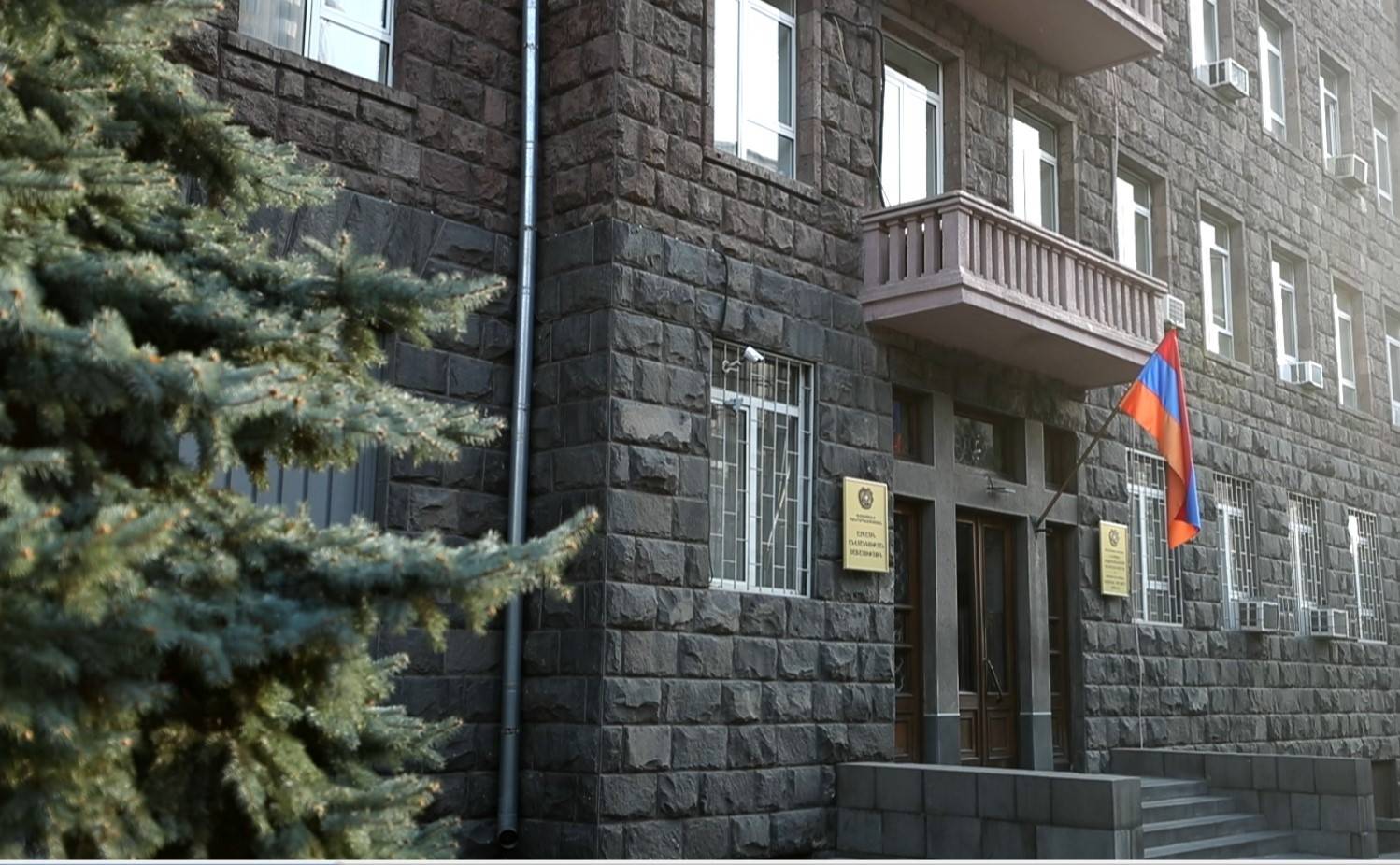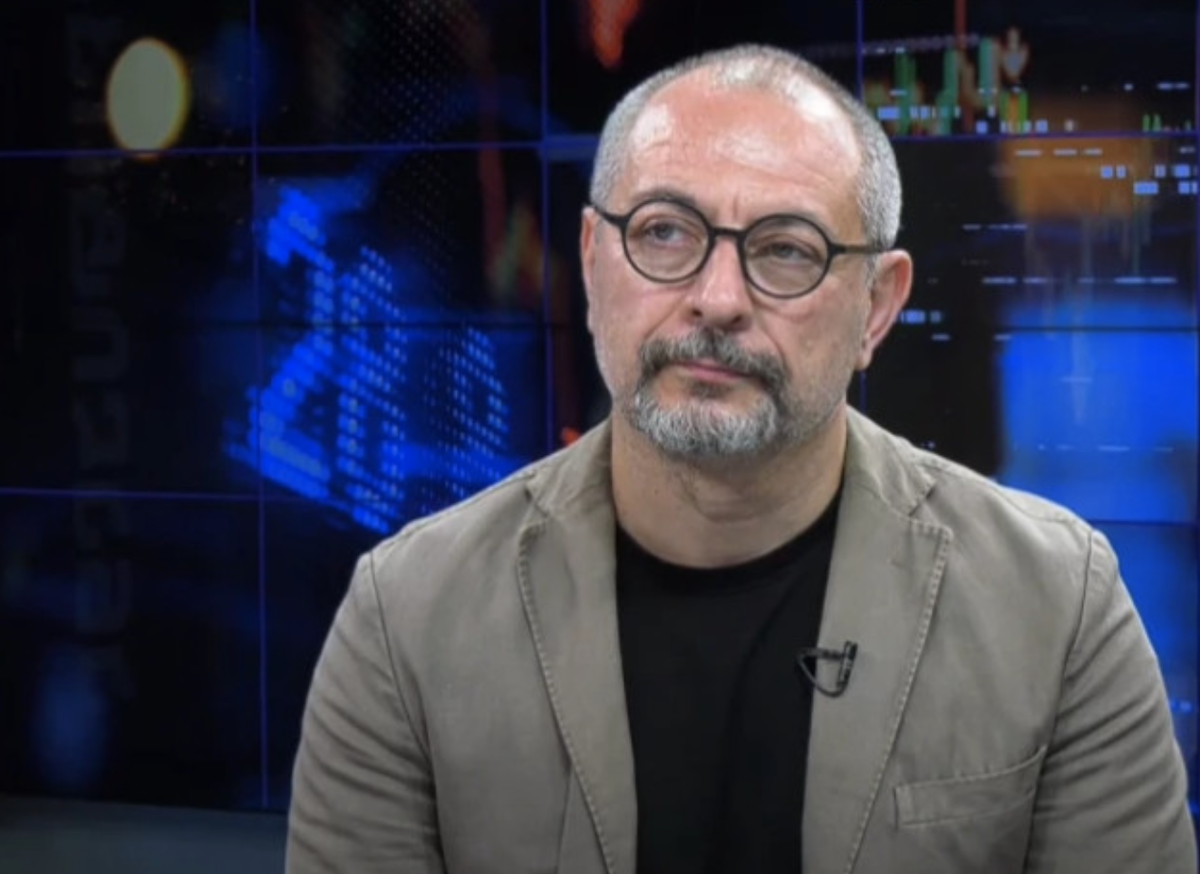Armenia: Dangerous games
The year end in Armenia has been characterized by another growing wave of protest against the Government’s decision to begin development of Amulsar gold ore deposit, located in Syunik, one of the picturesque provinces in the south of the country.
The protests have been organized by the Pan-Armenian Environment Front. According to the NGO activists, the Front has brought together ‘concerned citizens and environmental experts’, for whom protection of environment and the Armenian nation’s habitat’, in general, are the key priority issues.
The Pan-Armenian Environment Front held several pickets outside the Government and the Environment Ministry buildings. The activists also released an appeal to the republic’s government, the newly elected Premier, Karen Karapetyan (who is now expected to implement the urgent socio-economic reforms), regional representatives of the World Bank and the European Bank for Reconstruction and Development, as well as to the number of investment agencies, involved in funding of the given project.
As it is pointed out in the appeal, what is actually at stake at the moment, are, on the one hand, the disputable dividends that the authorities expect to yield from the deposit operation within a decade and, on the other hand, the strategic reserves of drinking and mineral waters. According to the environmentalists, they will be completely lost as a result of Amulsar deposit development. This will affect the natural-historical monuments, landscape, flora and fauna, as well as resorts that Syunik is famous for, including Jemruk balneotherapeutic health resort, which is well-known beyond the country’s boundaries, and its unique mineral water reserves.

The debates around Amulsar gold ore deposit have been underway with different degree of intensity since 2006, when the Government made public its plans to launch the extraction of precious metals. Proved and probable reserves here total over 75 ton of gold and over 350 ton of silver. It is noteworthy that one ton of ore contains less than 40 gr of gold; all over the world such deposits are regarded as poor and are not developed.
However, this fact will hardly stop the supporters of Amulsar exploitation, who have even ignored a circumstance that ore will be extracted through opencast mining. According to Inga Zarafyan, an environmentalist, this, on top of all, may lead to a risk of emission of the radioactive contaminants into the atmosphere.

In this regard, the local media remind that wasteful exploitation of metal deposits can result in irreversible changes in the fragile eco-balance of the country, which is not that rich either in water resources or forests and thick fields. And that a lifeless desert will soon appear instead of the ‘Caucasian Switzerland’, as people used to call Armenia.
The environmentalists’ concerns seem to be quite substantiated. According to Hakob Manasaryan, the Chair of the Green Union of Armenia, the expanded scale of the mining industry posed a considerable threat to the country’s woodlands. In the expert’s words, the Armenian environmentalists made effort to introduce a provision into the Forest Code, prohibiting operation of any mines on the forest-covered areas. But they failed to carry out the aforesaid initiative and the Armenian forests are now ‘under the mining industry’, while the woodlands total just 11% of country’s territory.
Today, the environment protection interests and the economic development tasks have obviously come into collision. Aramis Grigoryan, ex-Minister of Environment, stated that ‘the environmentalists’ concern is certainly of great importance, but today Armenia has no other choice but to operate the deposits, because the country’s further development depends on it.’
The environmentalists, however, don’t share such approach. They draw attention to the fact that the situation at the world metal market leaves much to be desires and the country’s mining enterprises are on the verge of self-repayment, if not operating at a loss.
Meanwhile, the new deposits are located exactly in Armenian regions that are known for their rich and diversified nature, unique mineral springs, original flora and fauna, numerous historical monuments. All that has turned out to be in the high risk area. It is noteworthy that Armenia is ranked 93rd among 132 states included in the World Environmental Performance rating.

Experts’ allegations that some Armenian provinces, including the capital, are already experiencing a real environmental catastrophe, don’t sound as exaggeration, especially given that the precipitation rate reduced by 6% over the past 100 years as a result of the processes caused by the global warming.
Against this background, there came even more alarming reports on possible development of shale oil deposits in the nearest future. There have been discussions on this issue for over 2 years, but the authorities have denied such possibility.
However, Dr. Sam M. Saeed, the Managing Director of the Advanced Energy Research & Technology Center (AERTC) in the Middle East and Africa, recently told one of the local news agencies http://finport.am/full_news.php?id=26594 that negotiations on construction of the shale oil processing plant were expected to be finished by the end of this year. The works on implementation of the shale industry development project are to be launched within 2 years.
In his words, Armenia possesses considerable shale reserves and the extracted energy carriers ‘will not only meet the domestic needs, but can be also exported.’ In particular, according to the U.S. Geological Survey, which is the Armenian authorities’ partner in conducting shale oil and gas exploration works, country’s Kotayk Province alone possesses approximately 44 million tons of shale oil reserves.
The environmentalists have been particularly alarmed by the reports on exploration of considerable reserves of shale energy carriers in the vicinity of Dilijan, a popular mountainous resort (according to the preliminary estimates it totals 128 mln tons). There is also information that exploration works may be launched in the Sevan Lake basin, though the law bans any geological activities in this area.
There were also reports that Ara Abrahamyan, a prosperous Russian businessman of Armenian descent, a President of the Union of Armenians in Russia, has manifested great interest in the project. On a side note, the AERTC ‘has been engaged in a dialogue with him on timely launch of the program for introduction of new energy technologies’, and not only in Armenia, but also in the Eurasian Union member-states.
In view of the aforesaid, it should be noted that according to Levon Galstyan, an environmentalist, relevant studies were conducted back in soviet times, but the experts concluded that ‘it was dangerous to operate the mines and it was quite the end of it.’
In the environmentalists’ opinion, the Armenian Government should stop further development of the mining industry and suspend explorations in the oil and gas sphere. Meanwhile, the investors, first of all, the foreign ones, prefer to invest money in the mining branch, expecting immediate returns, which, as is known, cannot be ensures through the tourism sphere. On a side note, the need for development of the tourism sphere has been much discussed in the country, but little has been actually done so far.

It’s a common knowledge that reserves of natural resources, especially if extracted through unscrupulous methods, will be sooner or later exhausted and a desert will appear in the place of their development. And there is a real risk that, when the bowels of the earth are exhausted, it will turn out that the country has lost its chance to rely on development of tourism and agriculture, because the environment has been inflicted an irreparable damage.

Thus, it turns out that this choice between instantaneous interests and a long-term sustainable development trend is really a strategic on. And there are more and more people who understand it. The environmentalists’ current protests seem to be symptomatic. As a matter of fact, not so long ago, in 1988, a strong political movement demanding Nagorno-Karabakh’s integration into Armenia, that finally led to withdrawal from the USSR, also started with the environmental problems.
Published: 28.12.2016



















